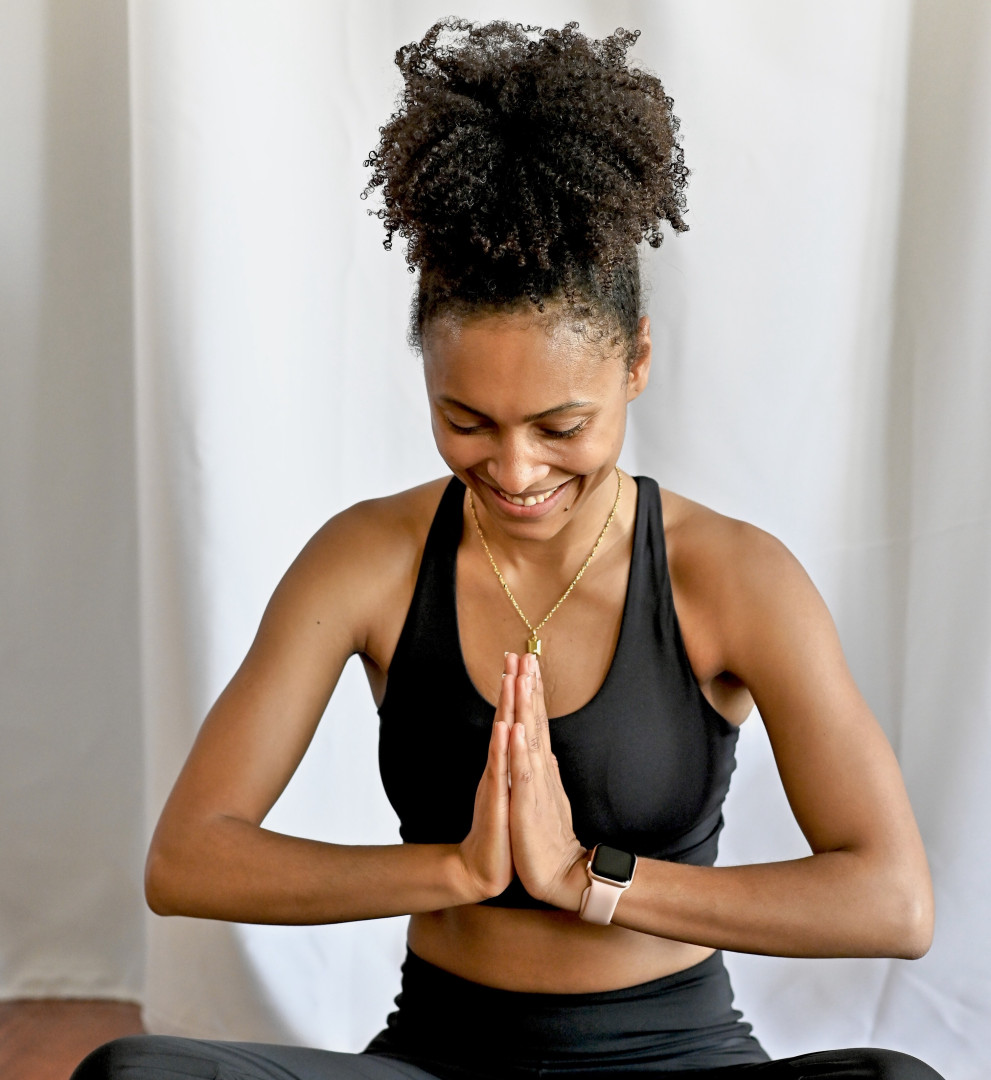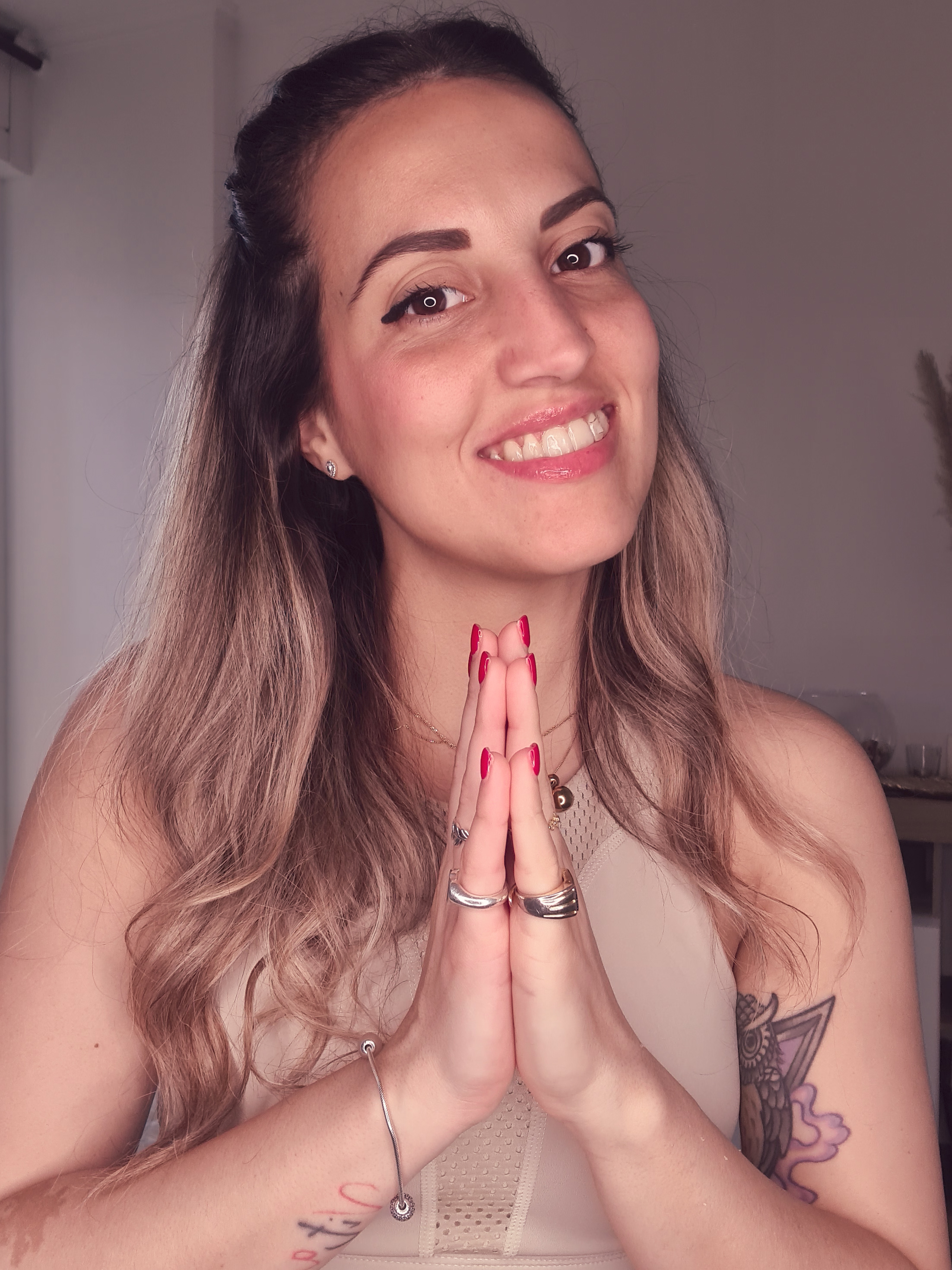Flexibility
Yoga
Yoga is an ancient discipline based on achieving balance between body, mind and spirit through a series of physical exercises, breathing techniques, meditation and relaxation. The term 'yoga' derives from Sanskrit and means 'to unite'. There are different styles of Yoga that focus on different aspects. Some styles are more dynamic, such as Ashtanga Vinyasa or Kundalini, while some are more static, such as Iyengar. Yoga consists of 8 principles: Yamas, Nyamas, Asana (postures), Pranayama, Pratyahara, Dharana, Dhyana, Samadhi.
How Yoga Was Born
Yoga was born in India more than 5,500 years ago. The first traces of yogic practices are found in ancient Indian scriptures where yoga was used as a means to achieve self-knowledge and spiritual realization. The Indian philosopher Patanjali is considered the father of Yoga. Through his work Yoga Sustra, he contributed to systematize and codify yoga practices (until then transmitted only orally) and favored its spread.
Who Is It Suitable For
Yoga can be practiced by anyone, there are no limits in terms of age and physical preparation.
Benefits
Improved posture; stress reduction; increased flexibility and elasticity; muscle toning; ease of movement; control and regulation of breathing;
Contraindications
There are no particular contraindications or side effects in the practice of Yoga. The main contraindication is practicing it without an expert teacher. In addition, some specific positions may not be adapted for pregnant women, those suffering from back pain, those with localized pain or ongoing muscle inflammation.
Where to Practice It
Yoga can be practiced in specialized centers, at home, in the gym and outdoors. If you don't need specific equipment, a space large enough to move freely is sufficient.
Equipment Needed
Yoga can be practiced with bodyweight or with the help of specific equipment
- • Mat
- • Foam or cork blocks
- • Straps
- • Back bender
- • Non-slip socks
- • Hammock (Aerial Yoga)



